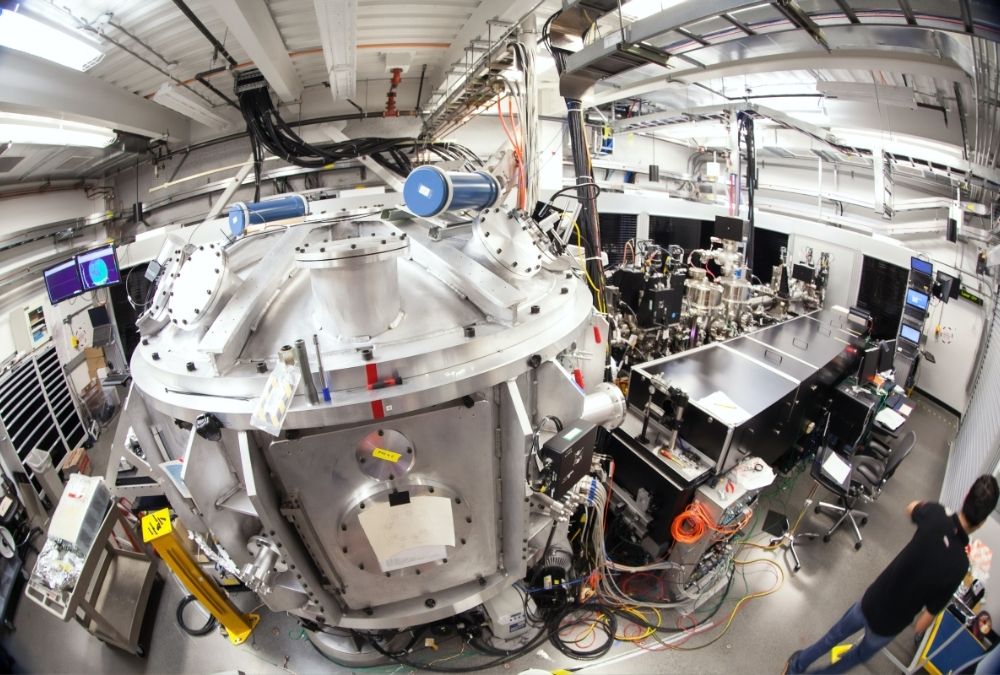In the aerospace industry, we’re always looking for ways to improve efficiency in your cleanroom facility. Strategies that help you achieve the same or better results at a lower cost, boost efficiency, either by reducing energy expenditures, lowering operating costs, or improving the working environment for employees to increase productivity.
Let’s explore 5 ways to accomplish efficiency in aerospace cleanroom design.
#1 Use Adaptable, Modular Cleanroom Construction
If you’re building a new aerospace cleanroom from scratch, modular construction is the most efficient way to get the new, custom cleanroom you need. Modular cleanrooms are prefabricated off-site with all of the features and systems incorporated within your cleanroom design. Each panel arrives prewired and pre-insulated so it can be easily assembled with the rest of the cleanroom, and up and running when you’re ready to use your completed facility.
The best part about modular cleanroom construction is that your space can be reconfigured or modified as your project evolves, or expanded, condensed, or disassembled and moved easily for a cleanroom redesign on a larger scale. This ability makes modular construction much more efficient than building a new cleanroom for every project.
#2 Optimize Your Efficiency: Aerospace Cleanroom Layout
If your cleanroom layout is inefficient, it can hamper productivity, and generate more particles for your cleanroom to remove. By redesigning your aerospace cleanroom and making your layout more efficient, you can improve the environment for your workers and cleanroom classification.
Try to only use as much space as strictly needed so your cleanroom is as compact as possible, while still maintaining room for personnel, equipment, products, and air to move around. With a smaller volume of air to treat and filter, your cleanroom will run more efficiently.
When designing the ideal cleanroom layout, plan out traffic patterns as well as access to storage to ensure frequently used equipment and supplies are located where they can be easily accessed by personnel. This effectively limits unnecessary movement and reduces air turbulence.
#3 Streamline the Airflow Pattern in Your Cleanroom Design
The airflow pattern is one of the most crucial elements of aerospace cleanroom efficiency. It works with your cleanroom layout to ensure there are no spaces of “dead” air or turbulent air that could deposit contaminants or where particles could settle. Once airflow uniformity has been established, you can trust that your cleanroom is always working to keep the environment as clean as possible.
An expertly-designed airflow pattern will allow your cleanroom filtration system to work most efficiently. It should evenly distribute air from input to exhaust to promote even loading of filters, which not only cleans the air in your space more effectively, but also extends the life of expensive HEPA filters.
#4 Maintain Energy Efficient Cleanroom Systems
One of the best ways to improve efficiency in your aerospace cleanroom design is to choose systems that reduce energy consumption. Finding the right lighting for your facility can help you achieve this goal. Lighting in aerospace cleanrooms needs to provide plenty of illumination for detail-oriented tasks, while conserving energy where possible. LED lighting is not only more efficient than incandescent lighting, but it’s also brighter, more durable, and requires less maintenance.
Cleanroom filtration is another area where efficiency is key. HEPA and ULPA filters are designed to thoroughly clean the air, but they are made more efficient by hardworking pre filters that remove most of the larger particles before air even reaches the HEPA filter. Because of their increased use, pre filters must be inspected and replaced according to a regular schedule to ensure they are working at peak efficiency.
Another way to maintain efficient cleanroom systems is to monitor your aerospace cleanroom HVAC. Are temperature and humidity levels optimal for your cleanroom classification and comfort? Even slight changes to temperature can make a big difference for efficiency and operational costs. Turning the thermostat up or down a degree can have a significant impact over time.
#5 Schedule Environmental Controls to Conserve Energy
Running your cleanroom at its highest levels all the time may be necessary for critical applications or facilities that conduct work on a constant schedule. But, for facilities that maintain at rest periods, adjusting environmental controls to meet a lower classification level can conserve energy and reduce operational costs.
If you schedule your environmental controls to function at a lower capacity during off times, don’t make the difference between operating levels too drastic. If your cleanroom has to expend more energy to reach a high level of cleanliness again, the practice won’t prove to be more efficient. Instead, opt for an incremental change. This will ensure that your cleanroom is conserving energy, not wasting it.
Looking to make some changes to your cleanroom design to increase efficiency? Call the experts at Angstrom Technology. Our cleanroom engineers will help you find solutions that streamline your operations and save you money.


